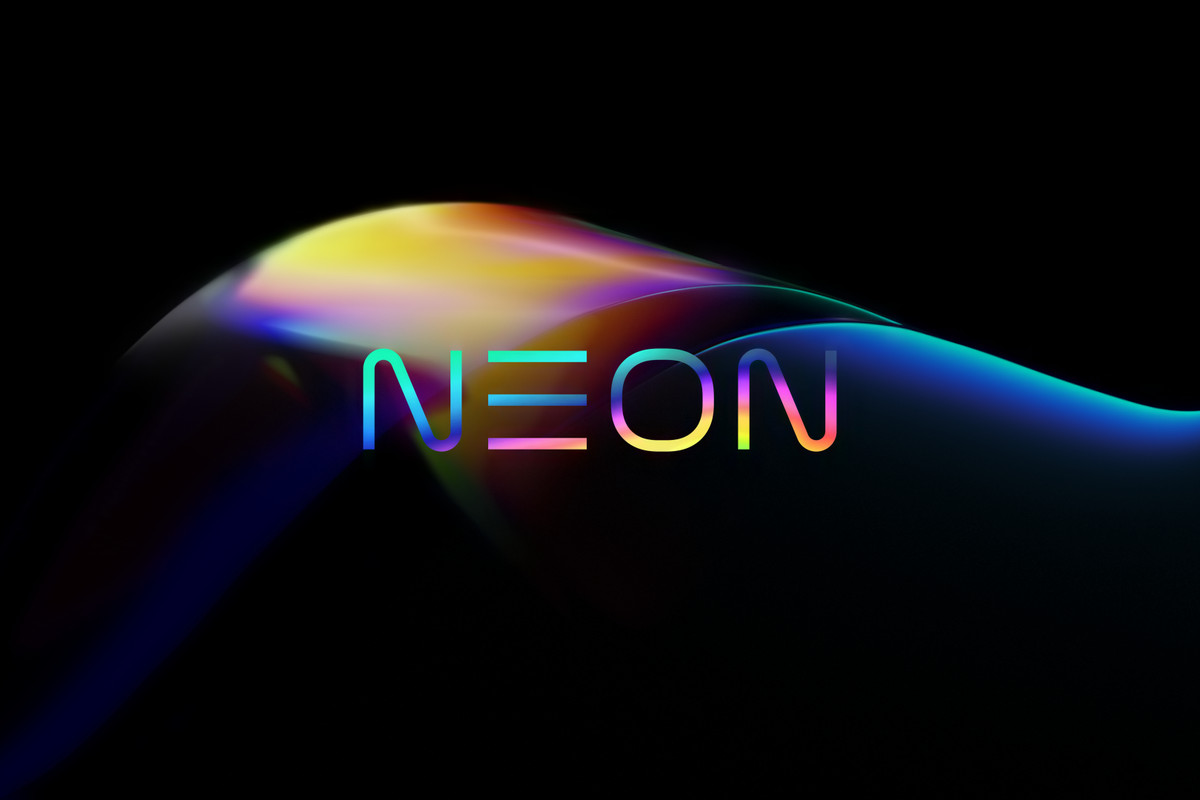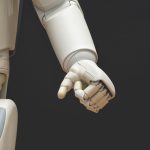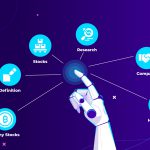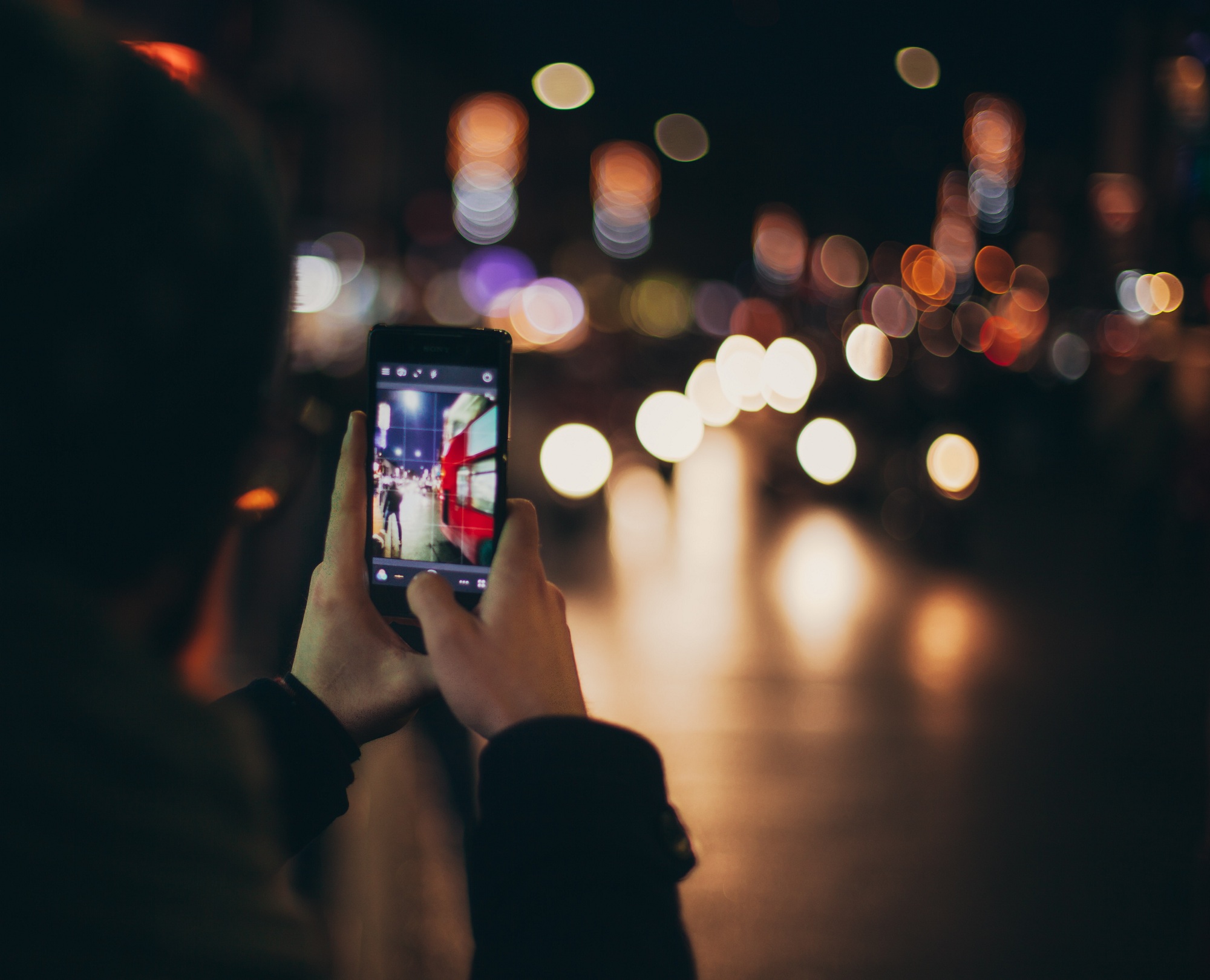The human being has long played with the idea of creating artificial life. From voice assistants to robots in science fiction works there is still a way to go, but the truth is that in recent years there have been unthinkable advances until recently in the field of AI: autonomous cars that do not They require drivers, machines that replace labor in department stores such as Amazon, Facebook bots so advanced that you have to disconnect them as soon as they start talking to each other … But the impassable limit has always been that of artificial intelligence capable of thinking or feeling like a human being; impassable so far, since Samsung has just unveiled what it calls a “new way of life”: artificial humans.
What is Neon?
After months of teasers, the Star Labs Company, backed by Samsung (yes, like the research facilities in the Superman comics) launched a new type of intriguing product: a virtual human being named Neon.
Presented at CES, Neon is “visually real” and has the ability to “show emotions and intelligence,” says the company. You can “connect and learn more about us, acquire new skills and evolve.”
From ‘Blade Runner’ to ‘Ex Machina’, science fiction has been asking the question for decades: can a robot think that it is not a robot? And can you make a human belief that he is a human? The answer, theorized in 1950, is the Turing test (in honor of the famous mathematician): a robot answers questions from a human and, if he is able to convince a human for 70% of the five minutes of the test, then you can be considered intelligent. Well, according to the creators of Neon, their virtual beings have already passed the Turing test.
It is a mixture between advanced artificial intelligence with a powerful next-generation processor, which has allowed the company to create photorealistic imitations of human beings that can move, talk and smile with such authenticity that it seems a priori impossible to say if they are robots or humans. But are they?
I bet all this still doesn’t tell you what Neon really is, and Star Labs doesn’t help much with his fairly broad descriptions. He is not an artificial intelligence assistant,” but “just a friend.
Judging by the photos and videos that show the technology, Neon seems to be an advanced chatbot connected to a realistic digital avatar. Its purpose is not yet known exactly and, although the promotional materials show very realistic avatars, neither is its appearance.
From Neon, they speak openly of an “artificial human” who is capable of showing emotions and intelligence. Even more: in the future, they will be able to “exhibit human abilities” such as speaking, learning and even being able to form new memories. And, without cutting himself, the founder of Neon and former executive of Samsung, Pranav Mistry, came to affirm during the event that their artificial humans represent a “new type of life. There are millions of species on our planet and we hope to add one more. Neons will be our friends, collaborators, and partners, continually learning, evolving and forming memories of their interactions.”
Technology used
Everything is based on the company’s Core R3 technology, which offers legal latency responses (less than a few microseconds) to human queries, described as “realistic” and “indistinguishable” from reality. According to Star Labs CEO Pranav Mistry, Core R3 can “autonomously create new expressions, new movements, new dialogues (even in Hindi), completely different from the originally captured data.”
Despite the somewhat confusing jargon of the company, it seems that it is designed to create something that we have seen basically in all the science fiction films of the 1980s: a talking and human-looking avatar that could look like anyone (the Neons are actually computer-generated and their appearance is not based on real people, although they could be) and they greet you at an airport or tell you the news. It’s nice, but we need to see more.
Human Abilities
According to Star Labs, NEONs can demonstrate some of the most important human abilities such as “the ability to communicate effectively, the ability to learn from experiences and the ability to create new memories.” A NEON, for example, could be used to assist in tasks that require a human touch such as a teacher, a financial advisor, a health care provider or concierge. However, they can also perform other tasks such as those of an actor, a spokesperson, a television presenter; or they can simply be our partners and friends if that is what you are looking for.
Mistry said in an interview with us that NEONs are not for sale and that, rather, companies can hire them to talk to their customers, for example. The executive behind NEON also indicated that CORE R3 technology is also not and will not be for sale.
When asked about the NEON’s responsiveness, Mistry said they answer in the same way a human would, since they were not designed to be eternally patient or gentle. For example, if you make them angry you should apologize as you would with a person of flesh and blood. And according to Mistry, this “takes time.”
What is the Future of NEON?
The company says it will continue to refine its CORE R3 technology and that, later this year, it will launch a beta test to the real world, although it did not give more details about its launch or applications in the future.
Mistry also said that in the future we can talk on video calls with NEONs and watch them on a TV, just as you would when talking with your parents or friends on Skype or FaceTime. The company said it does not plan to make a miniature version of the NEON, as they will be on the real scale of a human being.
Mistry said that in the future NEON may be presented in the form of holograms but will not be integrated into physical robots.
NEON, Samsung’s new artificial human, seeks to take the virtual assistants industry a step further. At the moment, however, the project looks more like a declaration of intent than a commercially ready product.
Is it different from Siri, Alexa or Google Assistant?
The project, of which several videos had been leaked during the week prior to CES 2020, tries to distance itself from the virtual assistants we currently know (such as Siri, Alexa or Google Assistant) through humanity. On its website, the Samsung division describes NEON as “a human created by a computer that behaves like a real person, with the ability to show emotions and intelligence.”
NEON, as the company explains on its website, is the name of the project developed, but not that of the assistant or virtual human himself. This, in fact, can acquire different personalities, aptitudes, and names depending on the use case. “Frank, Natasha or Hana. No ‘Hey Neon’. It is not an artificial intelligence assistant, not an internet interface, not a music player. It is simply a friend,” they say on the website.
Behind NEON is what Star Labs and Samsung call “Core R3”, a series of technologies that aim to make these “artificial humans” authentic, interactive and work in real-time, three attributes that characterize relationships between people.
In the days prior to its presentation, several leaked videos revealed the appearance of different virtual humans generated through NEON. Many of them interacted and showed facial expressions with great naturalness, just as the company promotes. However, Star Labs ensures that all promotional material has been simulated for illustrative purposes, so the final execution of NEON could be different from what is already shown in the public content.
The humanization of virtual assistants through computer-generated graphics and facial expressions, such as what NEON intends to achieve, is an obvious step. However, the Star Labs proposal is nothing more than, at least for the moment, a declaration of intent, as the company has barely shown the operation of its product and details about its availability and applications are scarce.
Conclusion
In short, what Samsung intends with this idea is that we can customize these assistants to our liking in such a way that we make them seem just what Samsung promised: an artificial human. And again, the idea is good; as we explained a while ago, we perceive virtual assistants as something more personal and exploiting this route will always be a good idea.
However, it is known that the humans generated by CGI destined for Artificial Intelligence are far from being considered human. NEON is a good idea but perhaps too ambitious for our standards. Above all, it is too far from the idea that many of us perceive when Samsung announced that they would show an “artificial human.”
Is it feasible that these NEONs may be present in more than one scenario in the future? Yes. But of course, the publicity around NEON and its strange form of presentation have not helped to announce what could have been an interesting alternative point of view about Artificial Intelligence. Having said that, Artificial Intelligence is here to stay and in the future we will be having much more complex products while Samsung’s Neon is a step forward and somehow in the right direction as well. Fasten your seat belts and get ready for more amazing AI products in this decade.






